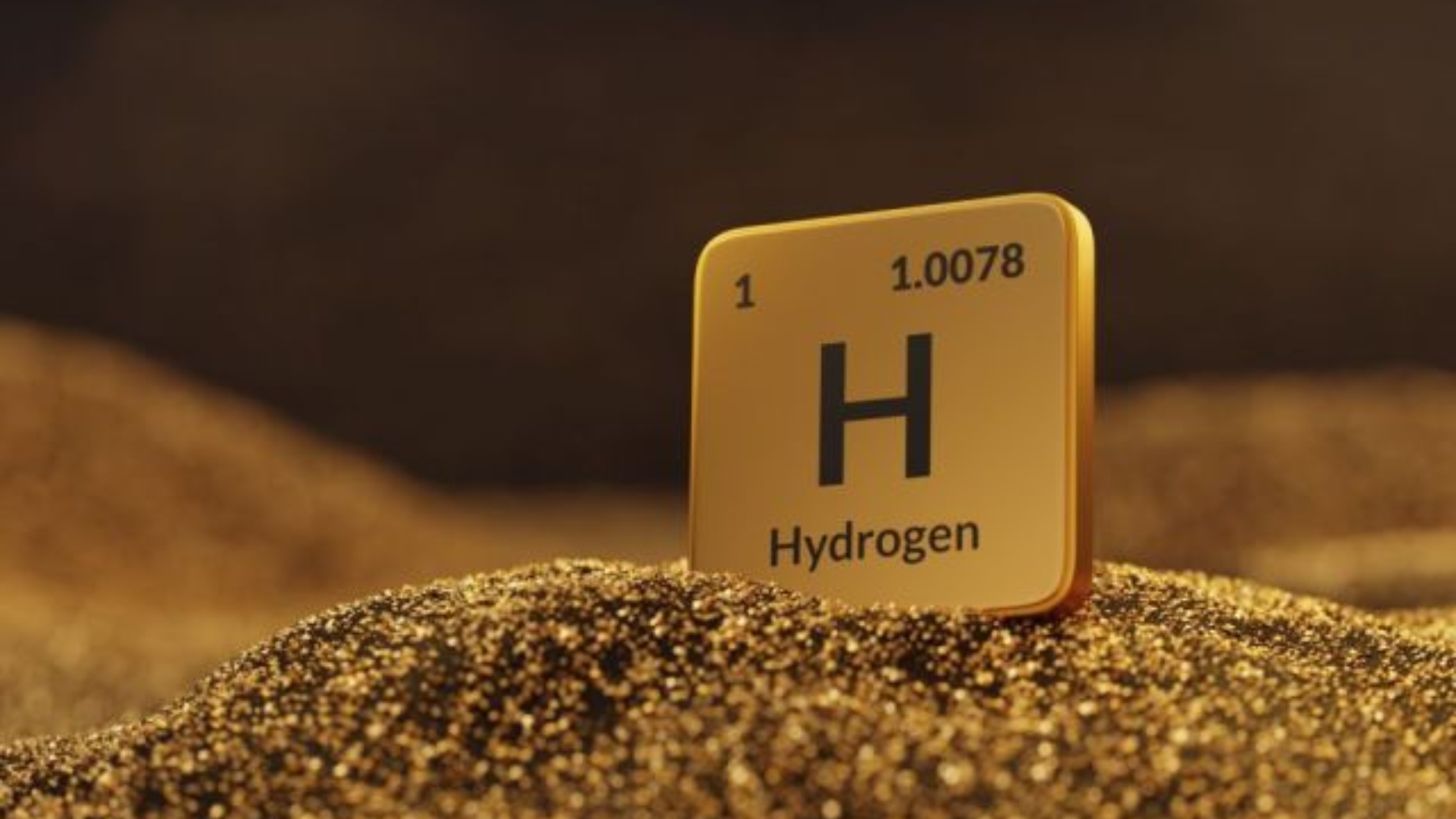Unveiling Geologic Hydrogen: A Clean Energy Source Shaping the Future
Key Ideas
- Geologic hydrogen offers a massive potential to power entire countries for centuries with a clean and abundant source of energy.
- Its extraction process, though challenging due to deep or underwater locations, presents a promising solution to transitioning towards renewable energy and reducing greenhouse gas emissions.
- Countries like Mali and Australia are already exploring this underground hydrogen resource, indicating a positive step towards sustainable energy development.
Scientists are enthusiastic about the discovery of geologic hydrogen, a clean energy source found underground in reservoirs and rock formations. The U.S. Geological Survey estimates there are up to 6.2 billion tonnes of hydrogen under the Earth's crust, with only 2% needed to power a country for over 200 years. This natural hydrogen eliminates the need for industrial processes like electrolysis or steam methane reforming, offering a more ecological energy option. Despite initial skepticism due to hydrogen's light nature, recent discoveries in Albania and West Africa have revealed hydrogen traps. However, the extraction process is challenging due to the deep or underwater locations of most deposits, making it expensive. Countries like Mali and Australia are already investing in exploring this resource, signaling a potential shift towards sustainable energy development. While infrastructure development, regulatory advancements, and continued investments are necessary, geologic hydrogen shows promise in addressing energy needs without harming the environment.
